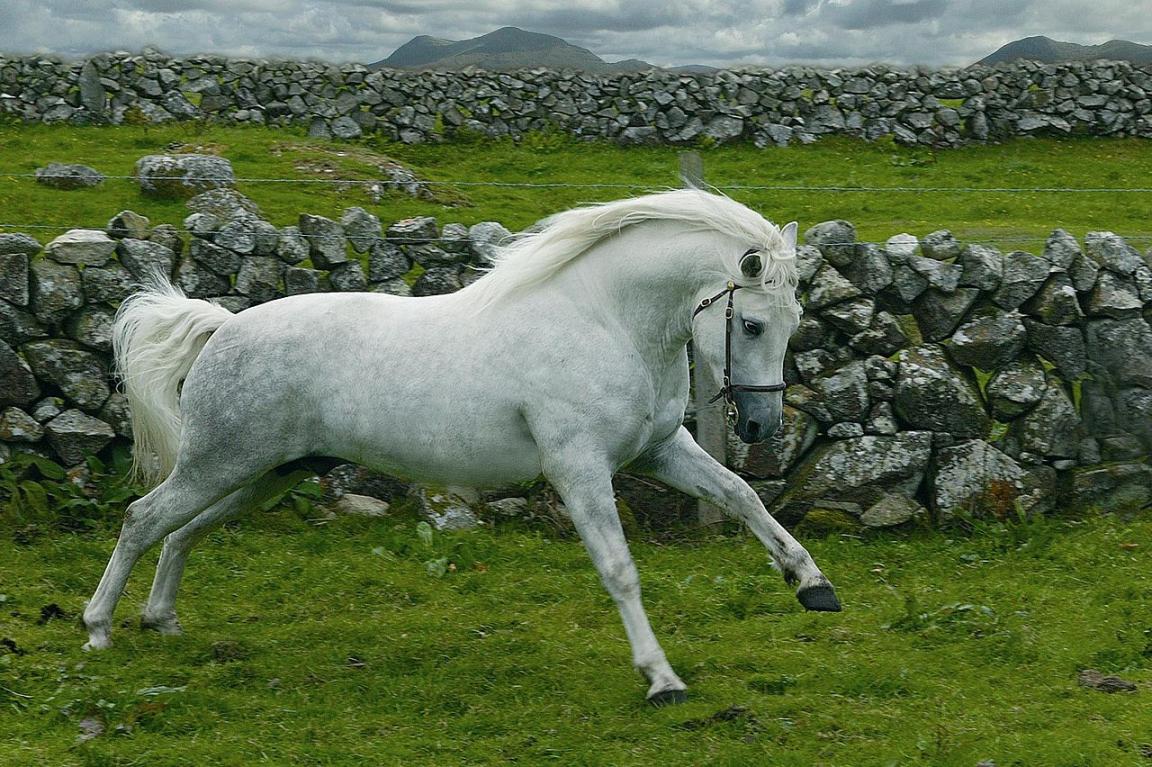
Continent: Europe
Country: Ireland
Weight: 300 – 450 kg
Height: 128 – 148 cm
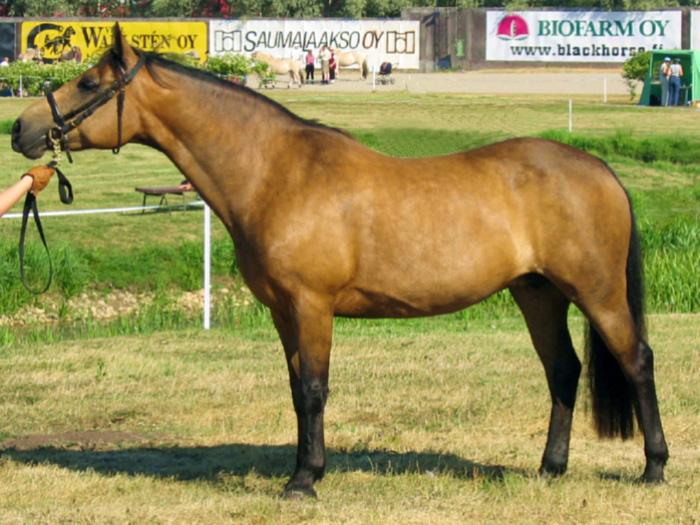
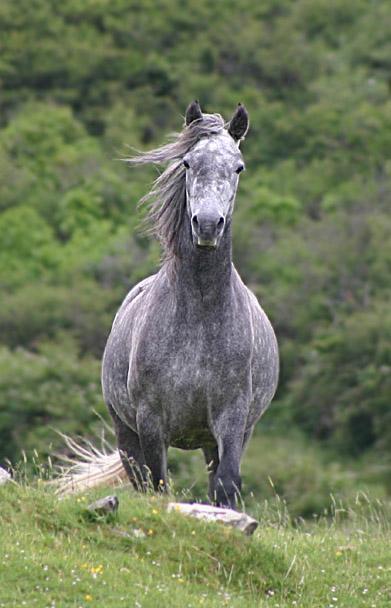
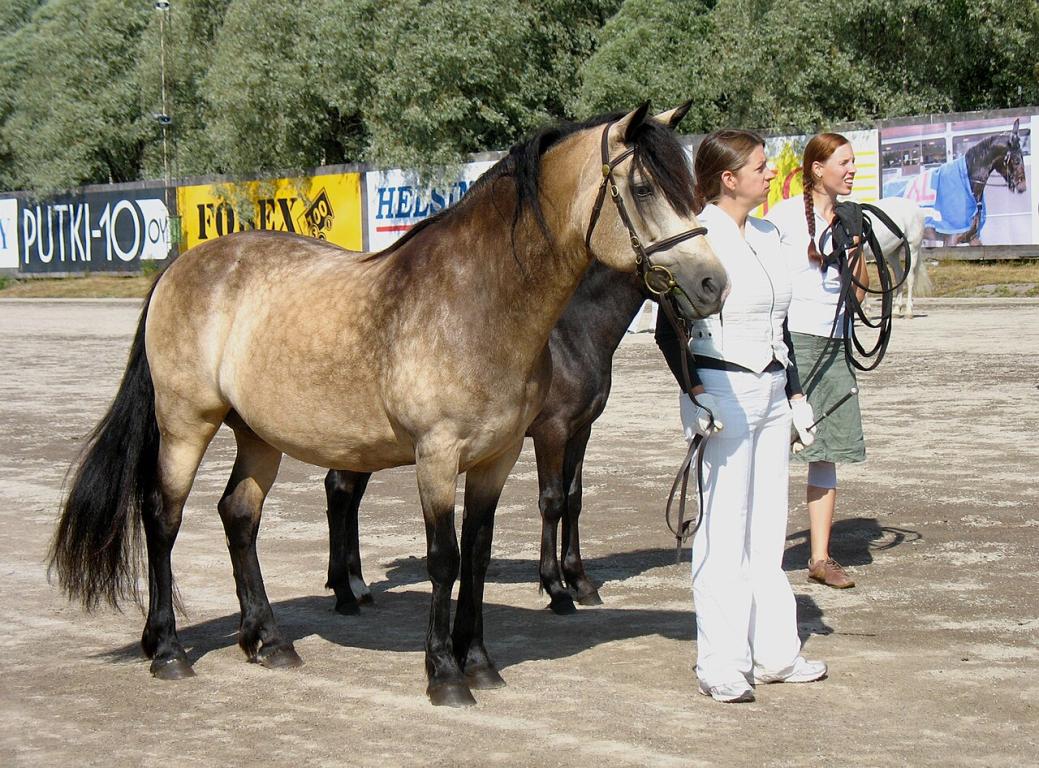
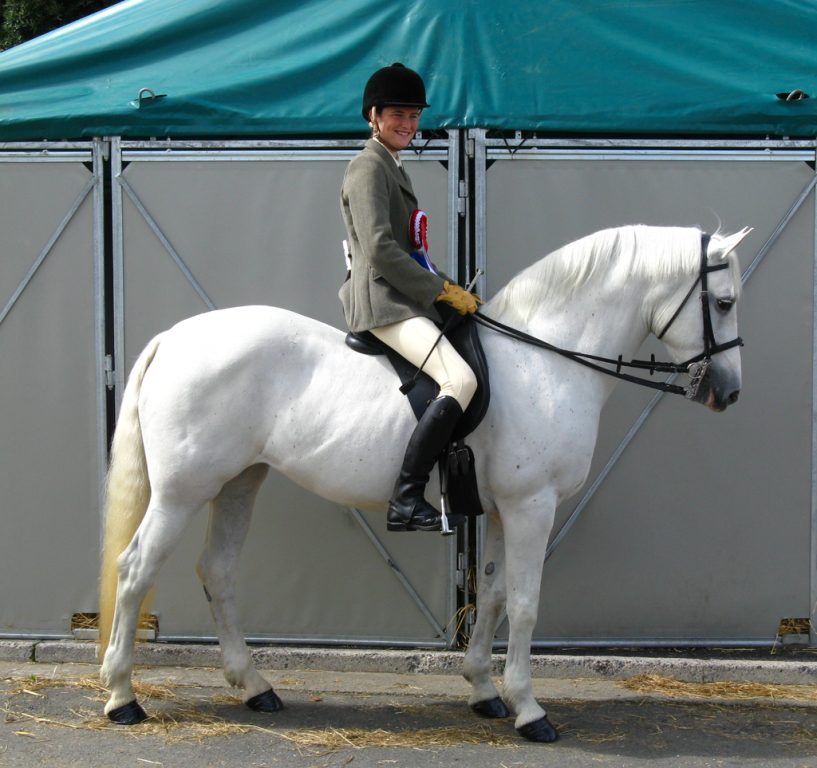
The Connemara Pony originates from the Connemara region, in County Galway (western Ireland).
This territory is characterized by:
These natural conditions shaped a hardy, frugal and enduring pony, capable of surviving on sparse pastures.
The Connemara was traditionally the pony of Irish peasants:
It played an essential role in rural Irish life until the 20th century.
Several crossbreedings influenced the type:
Despite these contributions, the Connemara retained its own identity, combining elegance and hardiness.
Today, the Connemara is regarded as the national equestrian symbol of Ireland.
The great annual gatherings in Clifden, organized by the Connemara Pony Breeders’ Society (CPBS) since 1924, have become a true cultural celebration. The Connemara is the product of a harsh environment and traditional peasant culture.
Having become a world-renowned sport and leisure horse, it remains deeply rooted in its Irish heritage.
Connemara, County Galway (Western Ireland)
The Connemara is now bred on all continents.
The main hubs are:
The Connemara has evolved from a local rustic pony to an international sport and leisure breed, while maintaining a strong anchor in Western Ireland.
The Connemara represents the only surviving native pony breed of Ireland.
It therefore constitutes a major national genetic heritage, linked to Ireland’s culture and history.
Shaped by a harsh environment (Atlantic climate, poor soils), it has preserved precious qualities:
These assets make it a natural genetic reservoir, sought after in breeding programs.
The Connemara integrated Arabian, Thoroughbred and Welsh Cob blood, which brought size, elegance and jumping ability.
Unlike other Celtic ponies, it has retained its identity while becoming more versatile.
The Connemara is widely used in crossbreeding to produce high-performance sport ponies.
In France, it played a major role in the creation of the French Saddle Pony (PFS).
Its blood is valued for transmitting strength, balance and jumping aptitude.
Many European champions in pony show jumping and eventing come directly from Connemara lines.
Today, the Connemara is one of the most influential pony breeds worldwide.
Its sporting versatility and reputation for reliability make it a cornerstone of pony genetics.
The Connemara Pony has great genetic value, as it combines the hardiness of an ancient breed with the sporting aptitude of a modern pony. It is essential both for heritage conservation and for the improvement of sport ponies.
The Connemara probably descends from Celtic ponies present in Ireland since Antiquity.
These horses lived semi-wild in the mountainous and coastal region of Connemara (County Galway).
The harsh Atlantic climate, poor soils and free-living conditions shaped a hardy, frugal and enduring pony.
According to legend, Andalusian blood was introduced after the shipwreck of the Spanish Armada in the 16th century.
More reliably, in the 18th and 19th centuries, crosses with:
Until the early 20th century, the Connemara was the pony of the people:
It was nicknamed “the horse that fed the family”, as it worked the fields, carried produce, and served as a family mount.
In the early 20th century, mechanization and excessive crossbreeding threatened the original type.
International spread
From the mid-20th century, the Connemara was exported to France, Scandinavia and North America.
France quickly became one of the largest breeding hubs, particularly for sport ponies.
By the 1980s–2000s, the Connemara had established itself as an international sport pony (SJ, Eventing, Dressage).
The Connemara is now present on all continents.
It is recognized both as an Irish heritage breed and a universal sport pony.
Each year in August, the Clifden Show gathers breeders and enthusiasts from around the world, confirming its status as Ireland’s national pride.
The Connemara has evolved from a rustic peasant pony to an international sport champion, while remaining a cultural symbol of Ireland.
Known as a balanced, honest and generous pony.
Combines the docility of a family pony with the energy of an athlete.
Rarely emotional: brave, reliable and willing.
Highly valued as a children’s pony: safe, gentle and respectful.
Also suitable for adults, thanks to its size and strength.
Sociable character, enjoys contact and is easy to handle.
Versatile: willingly accepts dressage, jumping, trekking, driving.
Hardworking and attentive, learns quickly.
Brave and enduring, maintains energy even in tough conditions.
Generally of a “cool” temperament, but with spirit when asked.
Suitable for both beginner and experienced riders.
Very reliable outdoors: sure-footed, unflappable, excellent for cross-country and trekking.
Often described as a “horse in a pony’s body” for its honesty and generosity.
The Connemara is a versatile, intelligent and reliable pony, ideal for both children and adults, capable of excelling in leisure and high-level sport.
The Connemara is recognized as one of the best sport ponies in the world, especially in show jumping and eventing.
Its versatility (jumping, dressage, driving, leisure) ensures a solid future in young riders’ competitions.
Demand remains strong for ponies able to compete at international pony level (European championships).
After Ireland, France has become the leading breeding country worldwide outside the native land.
Nordic countries (Sweden, Denmark, Finland) strongly promote the Connemara in pony sport.
Expansion outside Europe (North America, Oceania, Asia) grows each year with affiliated studbooks.
One key challenge is to balance traditional hardiness with sport performance.
Modern selection aims to:
The Connemara is in constant worldwide expansion.
It is set to remain a leading pony breed in international sport, while keeping its role as a family and leisure pony.
Its image as an Irish symbol further strengthens its cultural and touristic appeal (especially in Clifden).
The Connemara is an extremely hardy pony, shaped by the harsh climate and poor soils of Connemara.
It tolerates outdoor living all year round.
Its longevity is remarkable: it can work until 20–25 years, sometimes longer.
Like many rustic breeds:
Although sturdy, it may be prone, like many ponies, to: